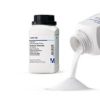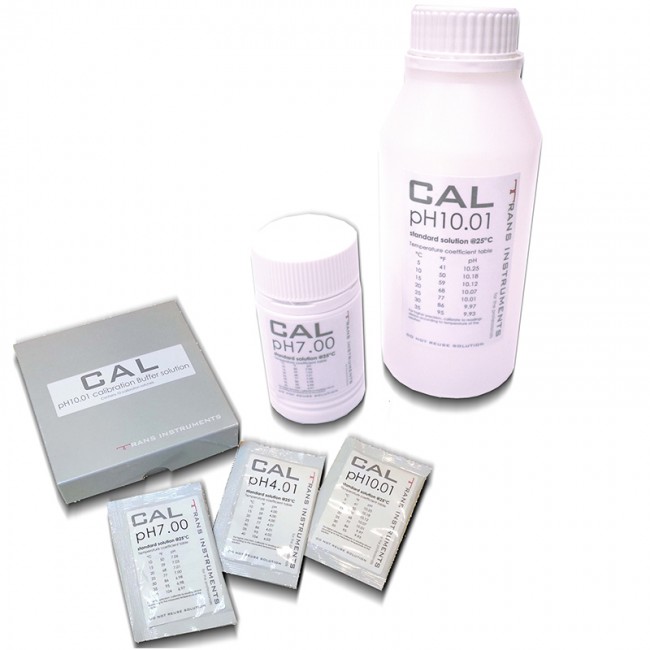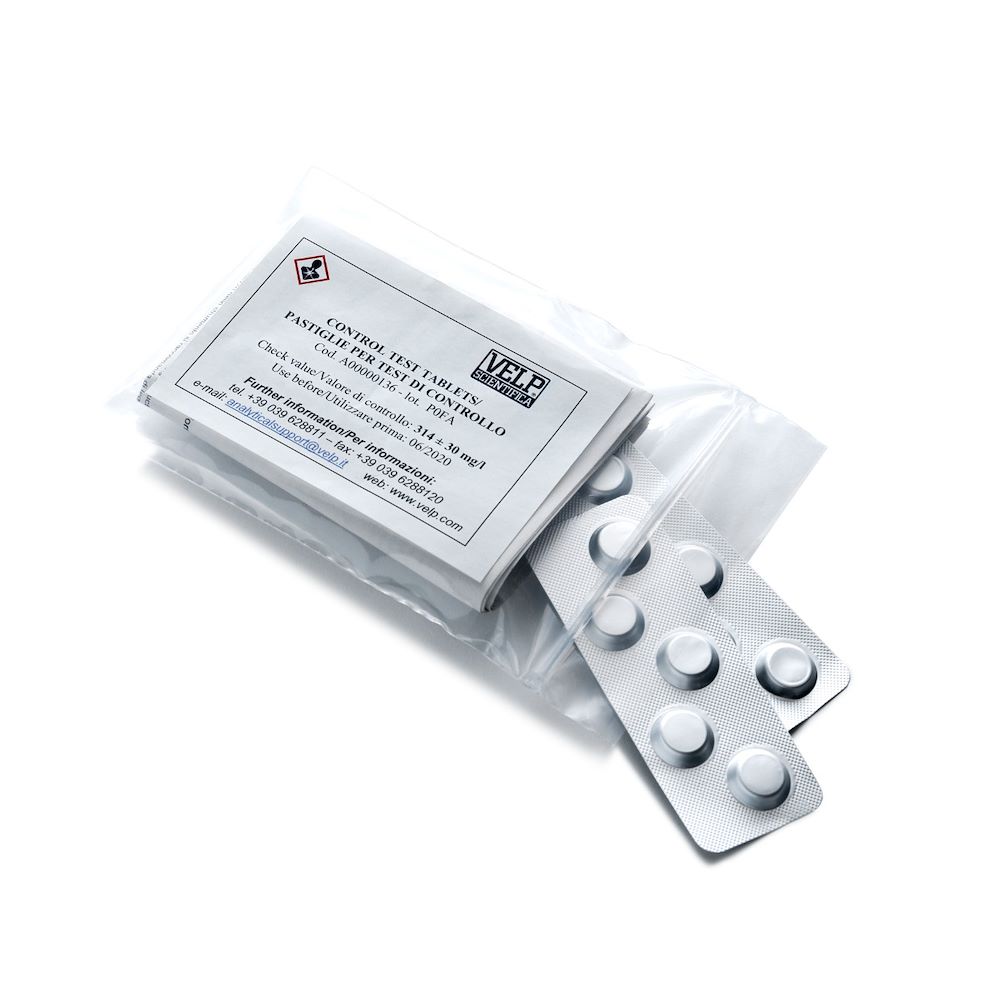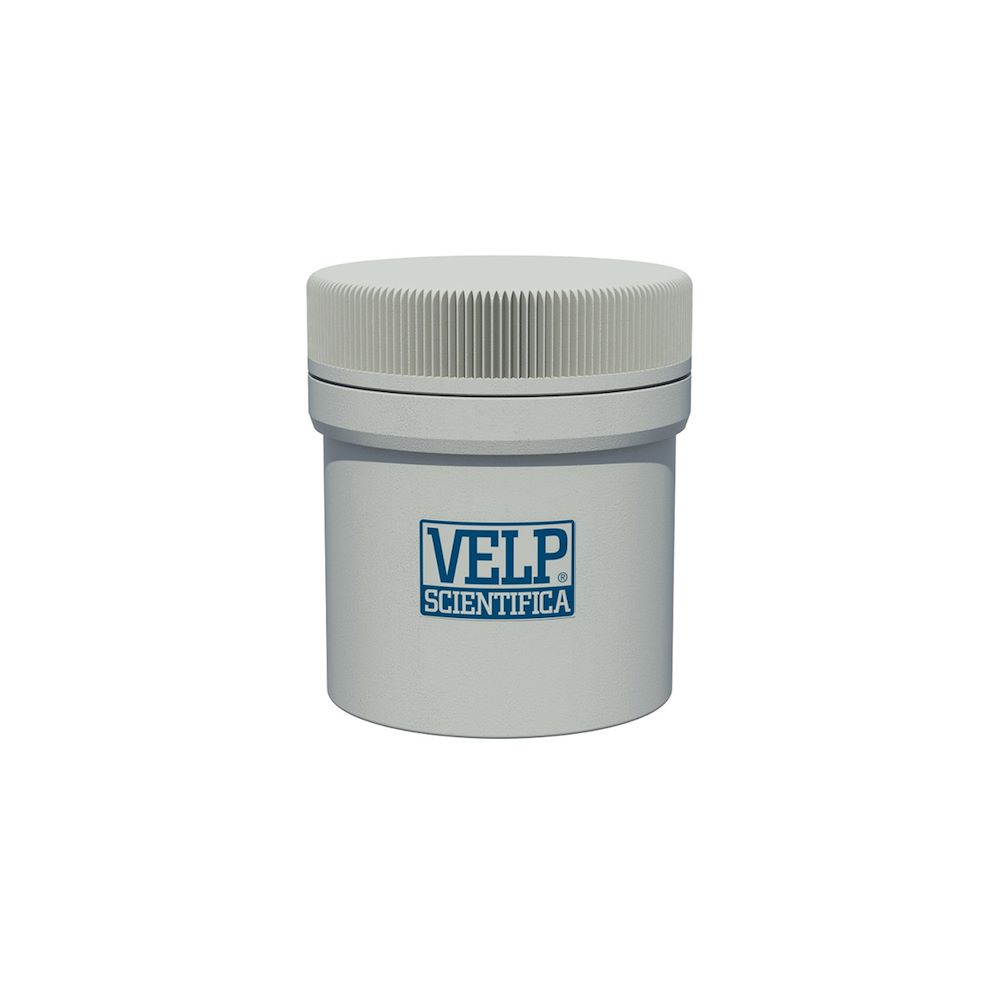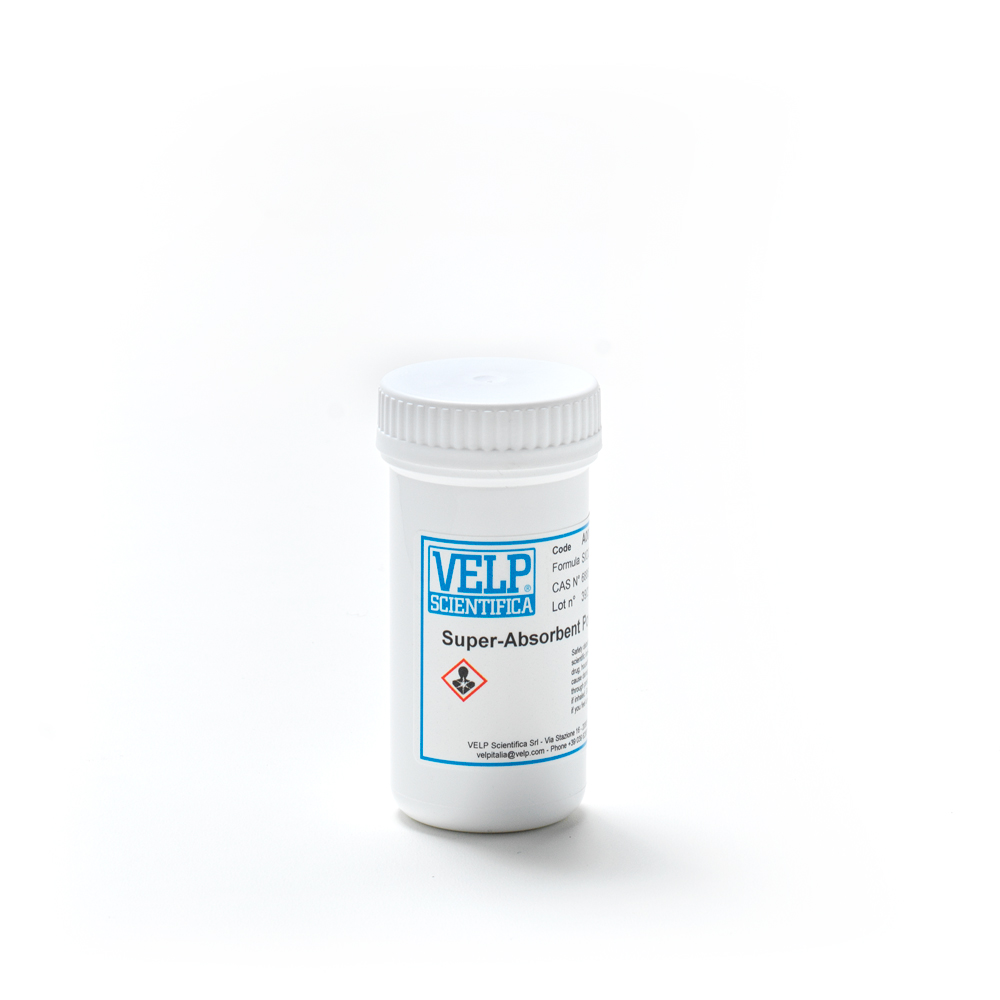- Empty cart.
- Continue Shopping

Wijs solution for determination of the iodine number c(ICl)
Wijs solution for determination of the iodine number c(ICl)
This product is currently out of stock and unavailable.
SKU: N/A
Categories: Chemical & Reagents, Lab Essential - Chemical
Product Information
| HS Code | 3822 19 00 |
| Quality Level | MQ200 |
Specification
| Form | liquid |
| Amount-of-substance concentration | 0.0994 – 0.1006 |
| Measurement uncertainty | +/- 0.0004 |
| Traceability | NIST SRM |
| Accreditation: This volumetric solution is analyzed by our calibration laboratory D-K-15185-01-00 which is accredited according to DIN EN ISO/IEC 17025 for analysis of amount-of-substance concentrations in volumetric solutions by DAkkS (Deutsche Akkreditierungsstelle – German National Accreditation Body). The accreditation certificate can be found at www.sigmaaldrich.com/ISO17025. The concentration is determined by volumetric titration and refers to 20°C. The amount-of-substance concentration of this volumetric solution is determined with standardized sodium thiosulfate solution (article number 1.09147). The sodium thiosulfate solution is standardized and traceable to a primary standard reference material (SRM) from the National Institute of Standards and Technology, Gaithersburg, USA (NIST SRM 136 potassium dichromate) by means of volumetric standard potassium iodate (article number 1.02404), certified reference material according to ISO 17034, analyzed by our accredited calibration laboratory of Merck KGaA, Darmstadt, Germany according to DIN EN ISO/IEC 17025. The uncertainty is expressed as expanded measurement uncertainty with a coverage factor k=2 covering a confidence level of 95%. Note: The titer is a correction factor to correct for variations of the volumetric solution, the titration equipment, the temperature and other laboratory conditions. For correct titration results it is recommended to determine a titer with the laboratory specific equipment and under laboratory specific conditions directly after opening a new bottle and at regular time intervals. | |



